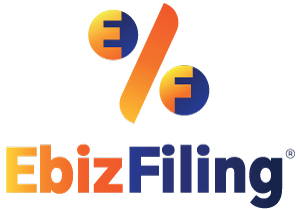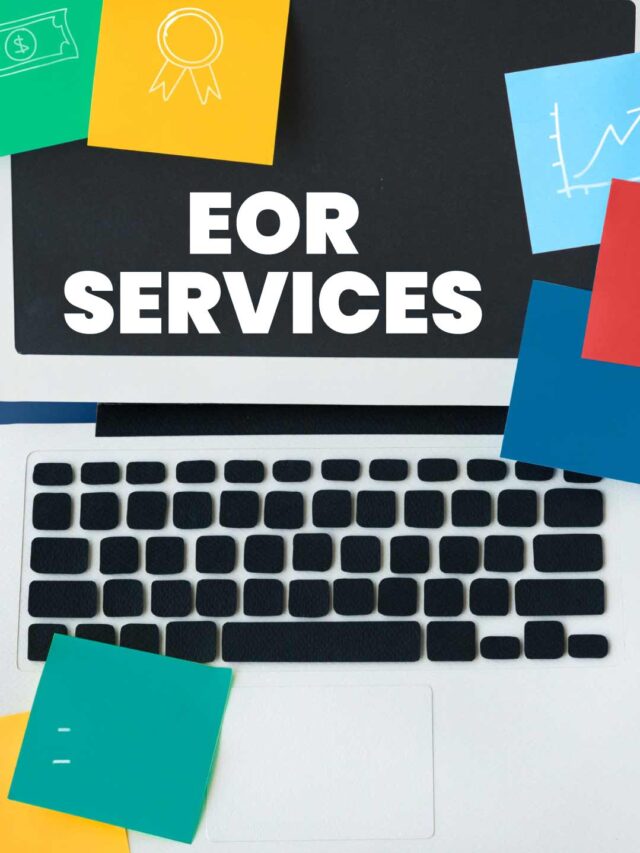
-
June 11, 2025
Should Employers Add NPS to CTC? A Comprehensive Guide
Introduction
The National Pension System (NPS) offers a structured way for individuals to save for retirement. As employers increasingly look for ways to enhance their compensation packages, the question arises: Should employers add NPS to CTC? This decision involves understanding the advantages for both employees and the organization, along with the practicalities of implementation.
Understanding NPS and CTC
What is NPS?
The National Pension System (NPS) is a government-backed retirement savings scheme in India. It aims to provide financial security in old age. Regulated by PFRDA, NPS allows employees to contribute to individual accounts, which are then invested in various assets like stocks and bonds. The primary goal is to build a retirement fund for a steady income after retirement.
You can find more information about NPS on the PFRDA website.
What is CTC?
Cost to Company (CTC) is simply the total money an employer spends on an employee each year. This includes their salary, benefits like housing or travel allowances, perks like a company car or health insurance, and employer contributions to funds like EPF or NPS. It’s the full expense for the company to have you on their team.
What are the Benefits for Employees?
- Long-Term Financial Security: NPS helps employees build a significant corpus for their retirement, ensuring financial stability in their golden years.
- Tax Benefits: Employees get tax deductions on their contributions under Section 80CCD of the Income Tax Act, leading to substantial tax savings.
- Voluntary Contribution Option: Employees can make additional voluntary contributions to boost retirement savings and enjoy more tax benefits.
- Portable Account: NPS accounts are portable across jobs and locations, ensuring continuity in contributions.
- Professional Fund Management: NPS funds are managed by experts, potentially offering better returns through informed investment decisions.
How Does it Benefit Employers?
- Enhanced Employee Value Proposition: Including NPS in CTC strengthens the benefits package and attracts quality talent.
- Improved Employee Retention: Demonstrating care for long-term employee welfare helps reduce attrition.
- Tax Deductions for Employers: Contributions are deductible under Section 36(1)(iva), lowering the company’s taxable income.
- Demonstrates Employee Care: Supporting retirement planning improves morale and loyalty.
- Compliance with Evolving Benefit Standards: Staying competitive with comprehensive benefit offerings enhances employer branding.
How to Integrate NPS into CTC?
What is the Process for Employers?
- Policy Decision: Decide the percentage of contribution and finalize the inclusion of NPS in CTC.
- Employee Communication: Explain NPS, its benefits, and the changes in compensation structure through meetings or sessions.
- Obtain Employee Consent: Since NPS is voluntary, collect written consent before proceeding.
- Registration with PFRDA: Register as a Corporate Nodal Office (CNO) to facilitate contributions.
- Employee Onboarding: Help employees open NPS accounts by completing KYC and documentation.
- Regular Contributions: Deduct the agreed amount monthly and deposit into employee accounts.
- Record Keeping: Maintain detailed records for compliance and audits.
What are the Different Contribution Models?
- Employer’s Contribution as a Separate Component: Contribution is made over and above the CTC, increasing the total cost to the company.
- Employer’s Contribution within the CTC: NPS is adjusted within the existing CTC by redistributing components.
Most employers prefer the second option to maintain overall compensation budgets while still offering NPS benefits.
Tax Implications of NPS Contributions
Understanding the tax benefits is crucial for both employers and employees. Refer to the Income Tax Department website for more information.
Tax Benefits for Employees
- Section 80CCD(1): Deduction up to Rs. 1.5 lakh under the 80C limit.
- Section 80CCD(1B): Additional Rs. 50,000 deduction for voluntary contributions beyond 80C.
- Section 80CCD(2): Employer’s contribution (up to 10% of basic + DA) is exempt from tax in employee’s hands.
Tax Benefits for Employers
- Section 36(1)(iva): Deduction up to 10% of basic salary + DA on contributions to employee NPS accounts.
What are the Administrative Complexities?
- Registration and Compliance: Becoming a CNO and aligning with PFRDA norms needs process setup.
- Payroll Integration: Systems must be updated to ensure accurate deductions and remittances.
- Employee Grievances: Employers must handle queries and resolve concerns about NPS smoothly.
- Documentation: Maintain compliance records, consent forms, and contribution data diligently.
How to Address Employee Awareness?
- Lack of Awareness: Many employees are unaware of NPS’s benefits and workings.
- Perceived Complexity: The investment and annuity components may seem complicated.
- Communication Gap: Employers should use clear, simplified messages to explain NPS.
- Financial Literacy: Basic education sessions can empower employees to make informed choices.
What are the Long-Term Implications?
- Impact on Salary Structure: Including NPS reduces take-home salary but boosts retirement savings.
- Investment Choices: Employees may need guidance (without advice) on fund and asset selection.
- Liquidity Concerns: NPS is not easily withdrawable before retirement. Employees must be informed.
Conclusion
Adding NPS to CTC is a smart move for employers. It provides employees a valuable retirement planning tool and offers tax benefits to the company. While there are some administrative steps, the long-term gains in employee well-being and retention usually make it worthwhile. Clear communication is essential for smooth implementation, benefiting both the company and its team.
Suggested Read :
Section 194Q vs 206C of Income Tax Act
Section 194M of Income Tax Act
Submit an Income Tax Challan Online
What is ELSS Under Income Tax Act?
Notice of Intimation under Income Tax Act
FAQ
1. Is it compulsory for employers to contribute to NPS?
No, it is not compulsory. Employer contribution to NPS is voluntary and depends on the company’s policy.
2. How does NPS differ from EPF?
EPF is a mandatory retirement scheme for most employees in organized sectors, while NPS is a voluntary, market-linked pension scheme.
3. What are the tax benefits for employees if their employer adds NPS to CTC?
Employees can claim deductions under Section 80CCD(2) for employer contributions (up to 10% of basic + DA) and potentially under Section 80CCD(1B) for their own additional contributions.
4. Can an employee opt out of the employer's NPS contribution?
Yes, NPS is voluntary. Employees must provide consent for the employer to contribute to their NPS account.
5. What happens to the NPS account if an employee changes jobs?
The NPS account is portable. The employee can continue their contributions through a new employer or as a self-contributor.
6. Is the employer's contribution to NPS taxable for the employee?
Employer contributions up to 10% of the employee’s basic salary plus Dearness Allowance are exempt from tax for the employee.
7. How much can an employer contribute to NPS?
Employers can contribute any amount, but the tax deduction for the employer is capped at 10% of the employee’s basic salary plus Dearness Allowance.
8. What are the administrative requirements for employers to offer NPS?
Employers need to register as a Corporate Nodal Office (CNO) with PFRDA and establish processes for deduction and remittance of contributions.
9. Can an employee access their NPS funds before retirement?
NPS funds are primarily for retirement. Partial withdrawals are allowed under specific conditions, and a significant portion of the corpus must be used to purchase an annuity at retirement.
10. Where can employers find official information about NPS?
Employers can find comprehensive and accurate information on the official website of the Pension Fund Regulatory and Development Authority (PFRDA) at https://www.pfrda.org.in/.
Income Tax Return
File ITR in simple steps with Ebizfiling
About Ebizfiling -










December 19, 2025 By Steffy A
Income Tax Department Cracks Down on Fake Party Fraud Introduction The has intensified scrutiny on income tax returns that show suspicious or unusually high refund claims. Recent investigations revealed the misuse of donations made to fake political parties and charitable […]
September 27, 2025 By Dhruvi
Form 15H for PF Withdrawal Online Introduction Filing Form 15H for PF withdrawal online is an important step for anyone who wants to claim their provident fund without unnecessary tax deductions. Senior citizens use Form 15H, while employees below 60 […]
June 17, 2025 By Team Ebizfiling
Renewal of 12A and 80G Registration Introduction In India, charitable and not-for-profit organizations such as trusts, societies, and NGOs can apply for income tax exemptions and donor benefits under Sections 12A and 80G of the Income Tax Act, 1961. These […]